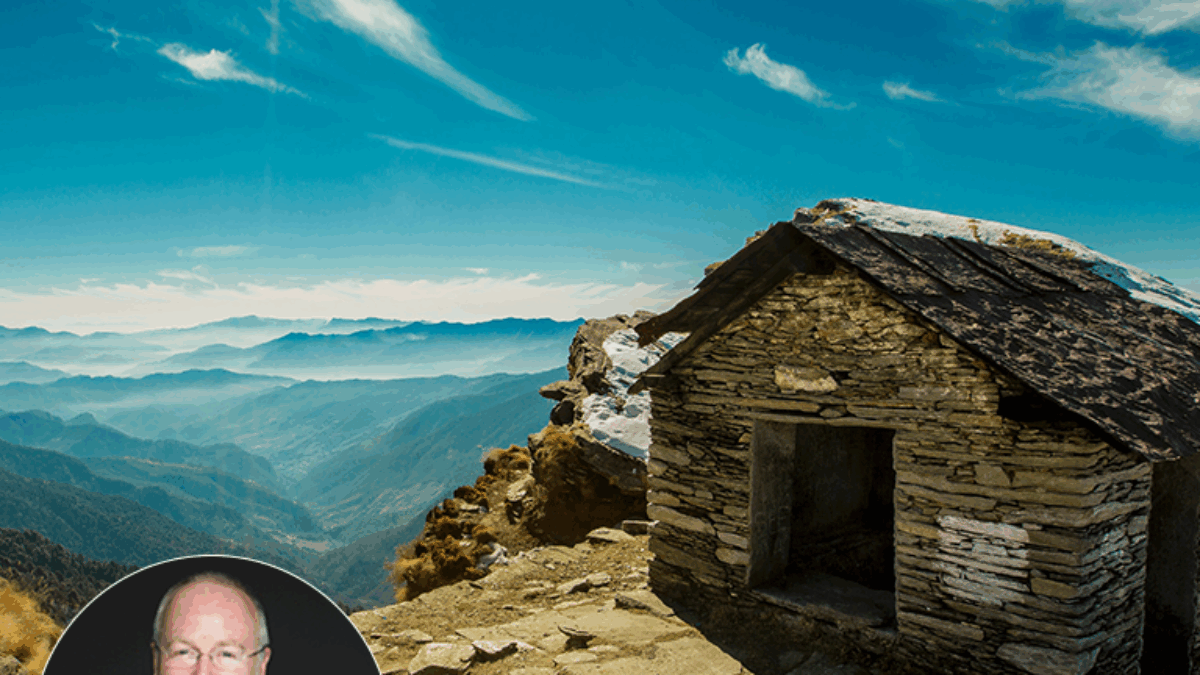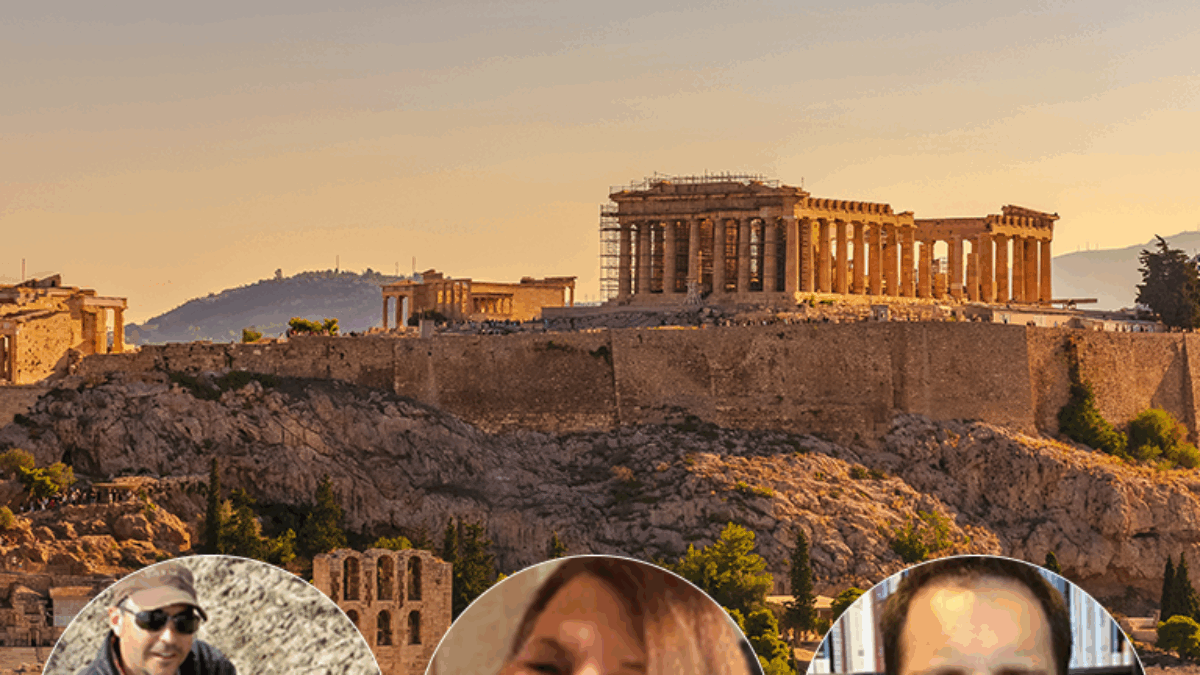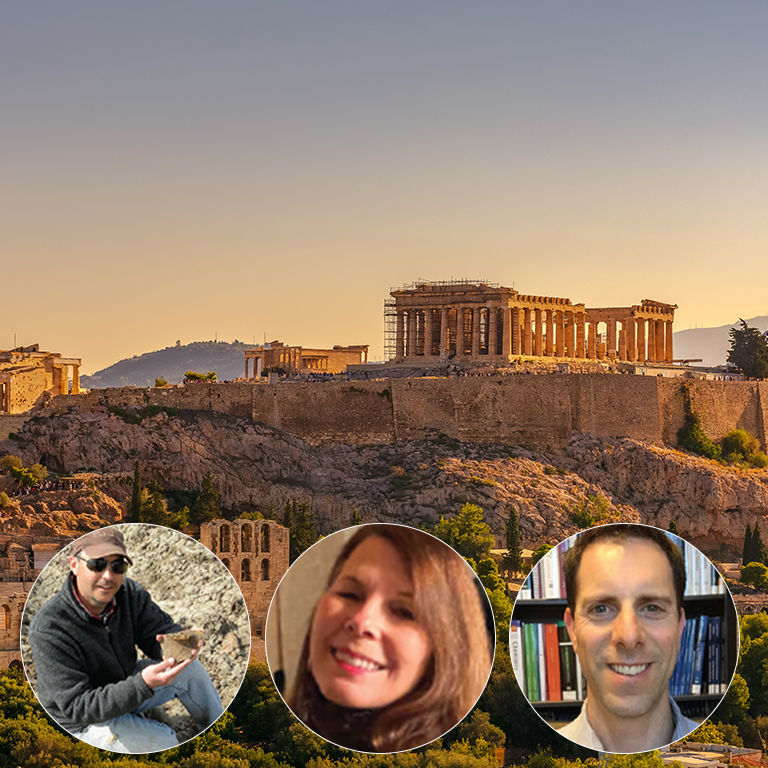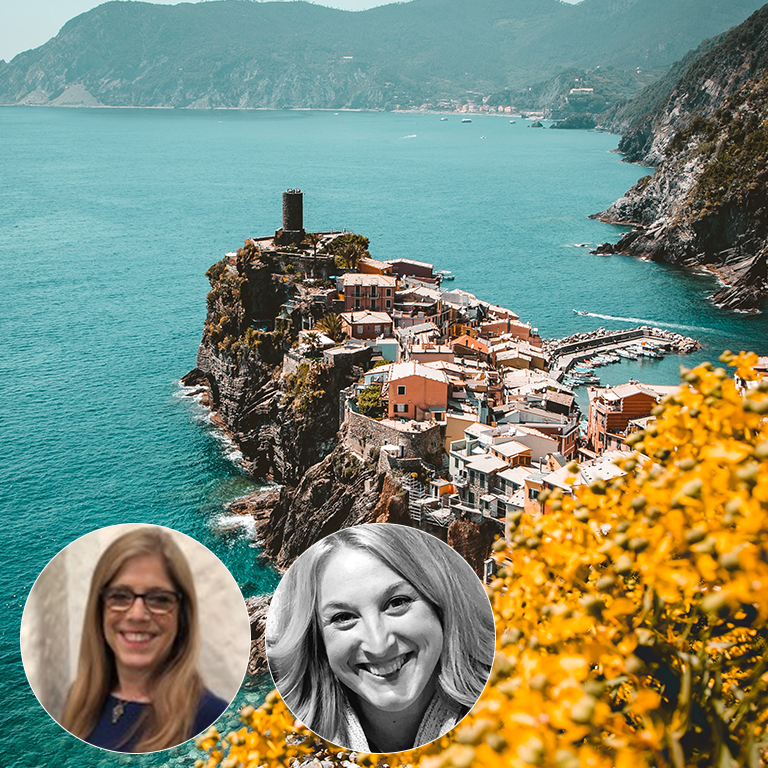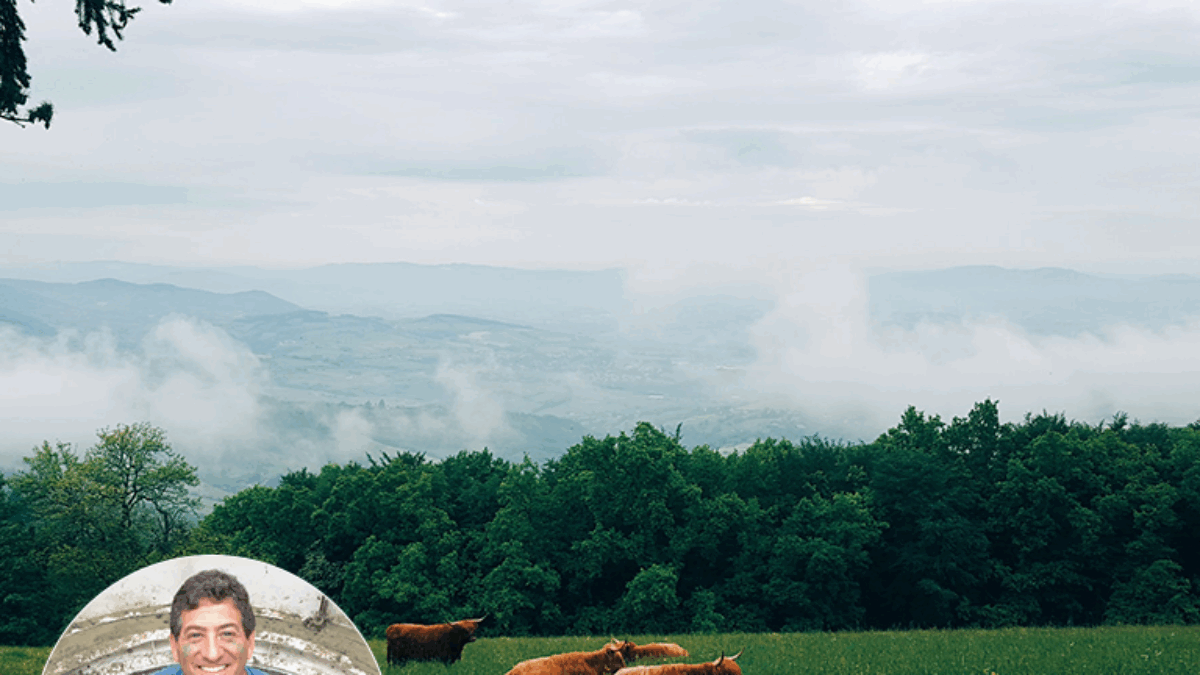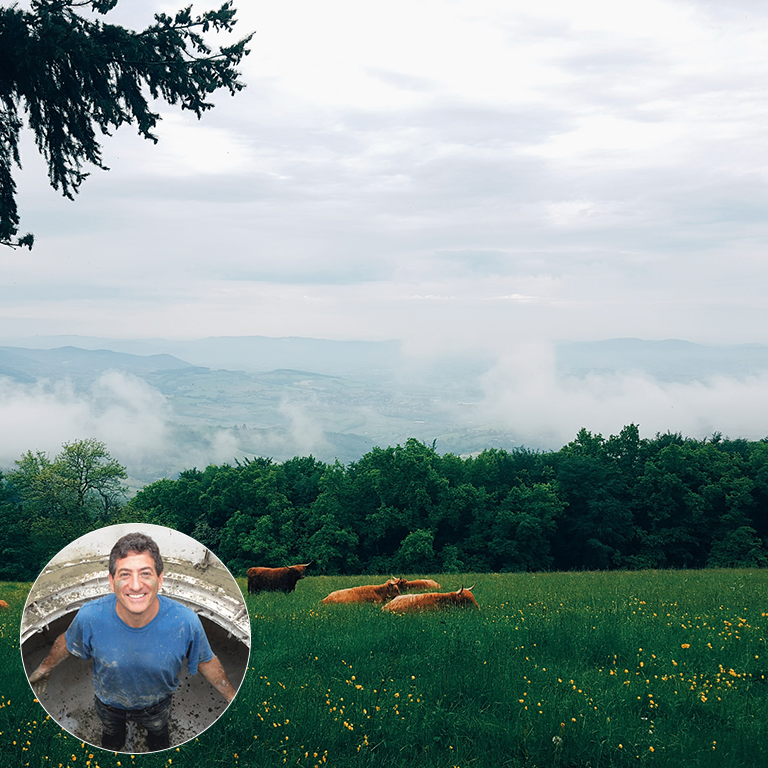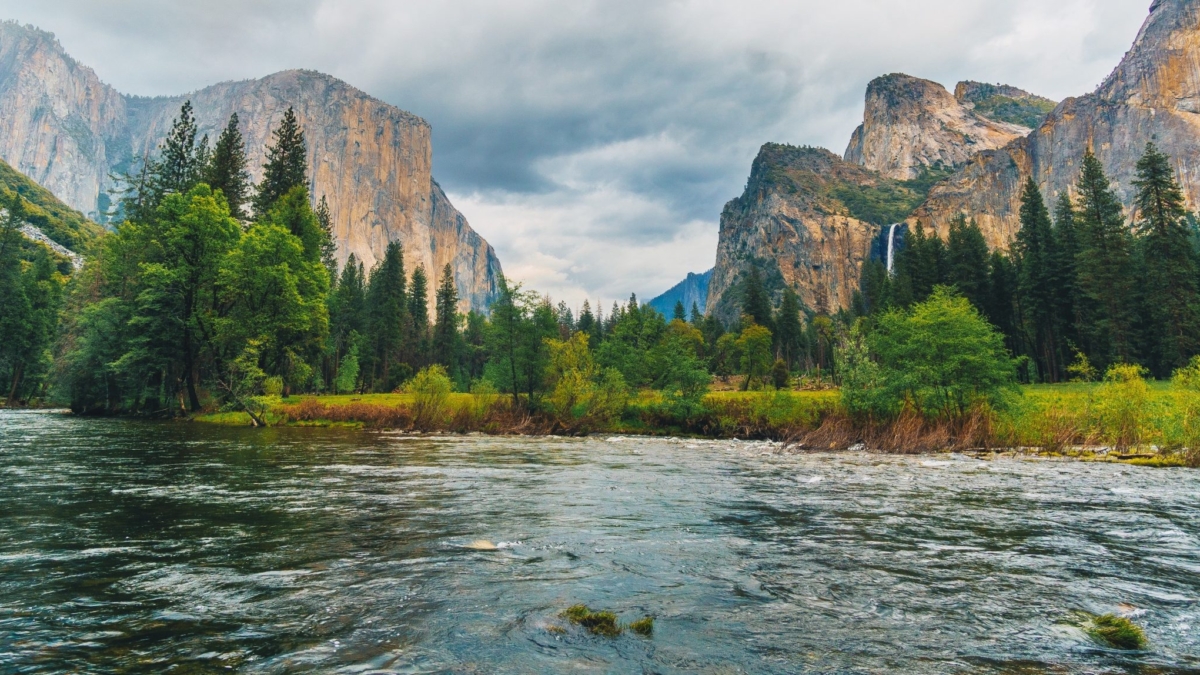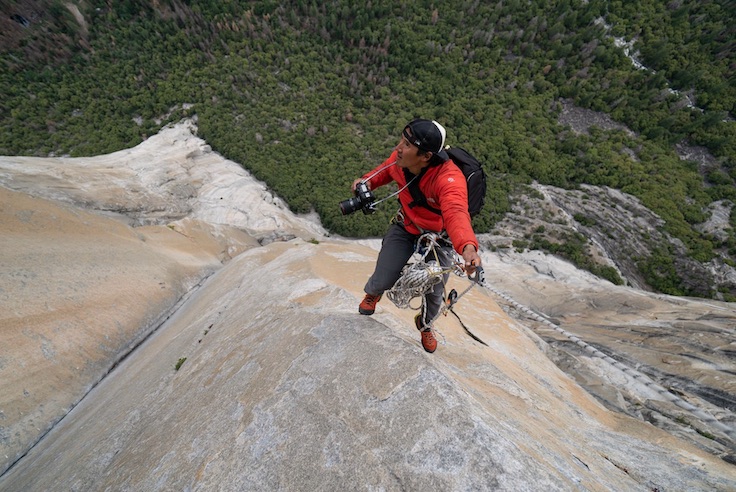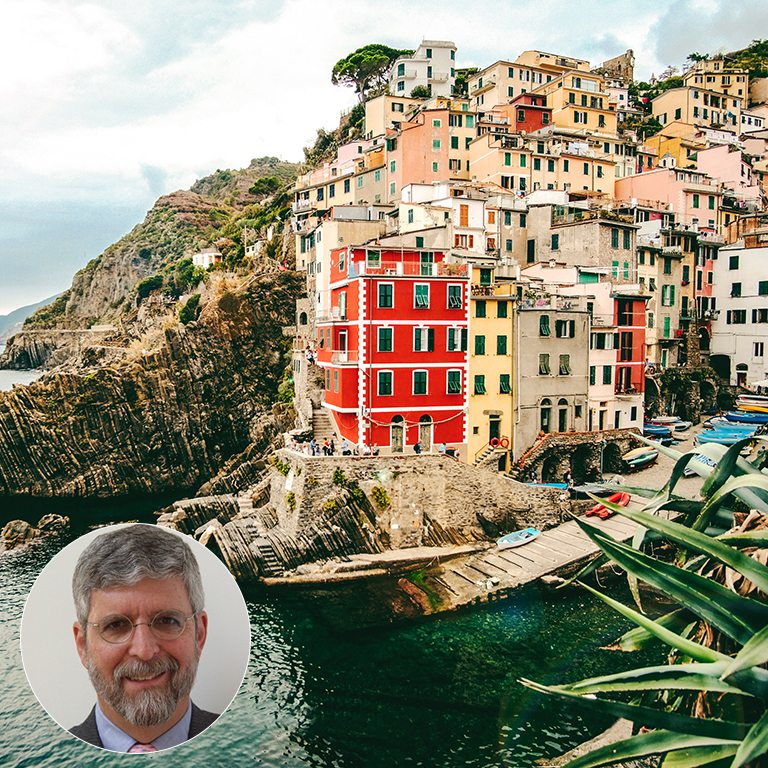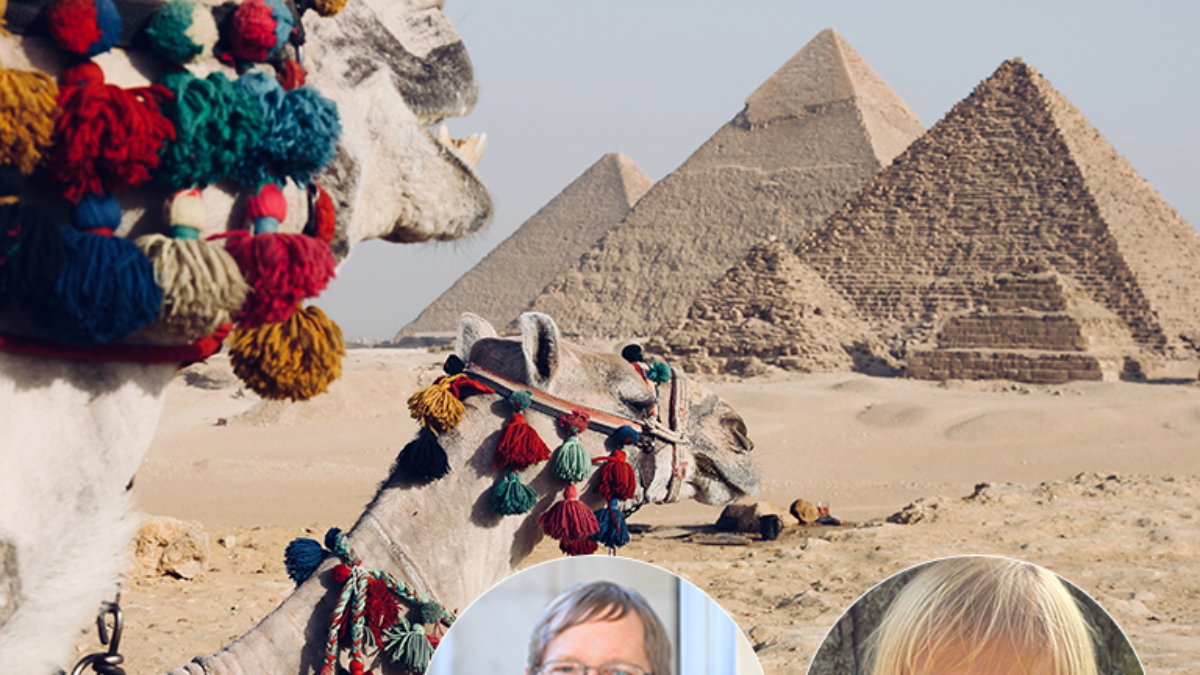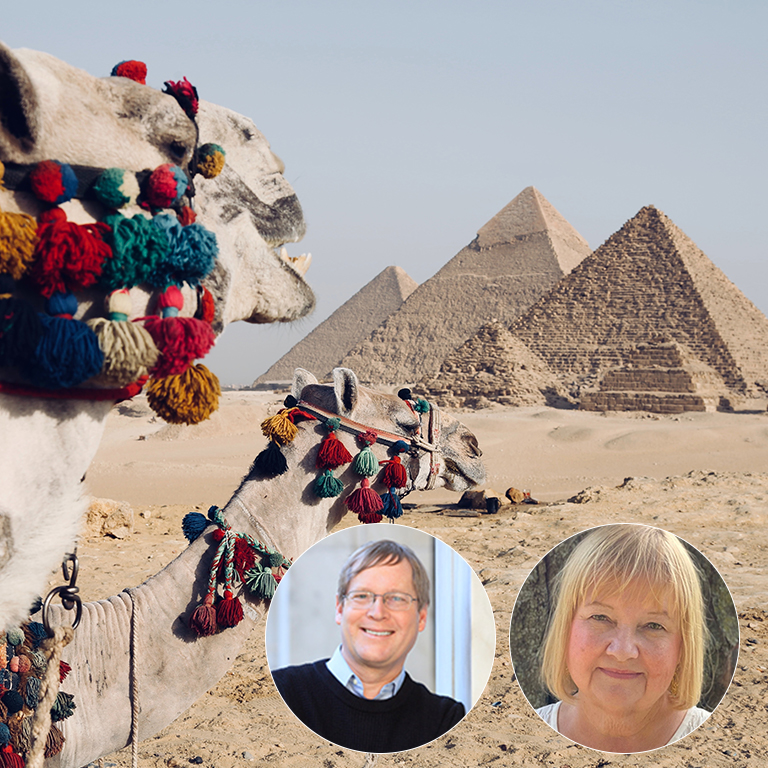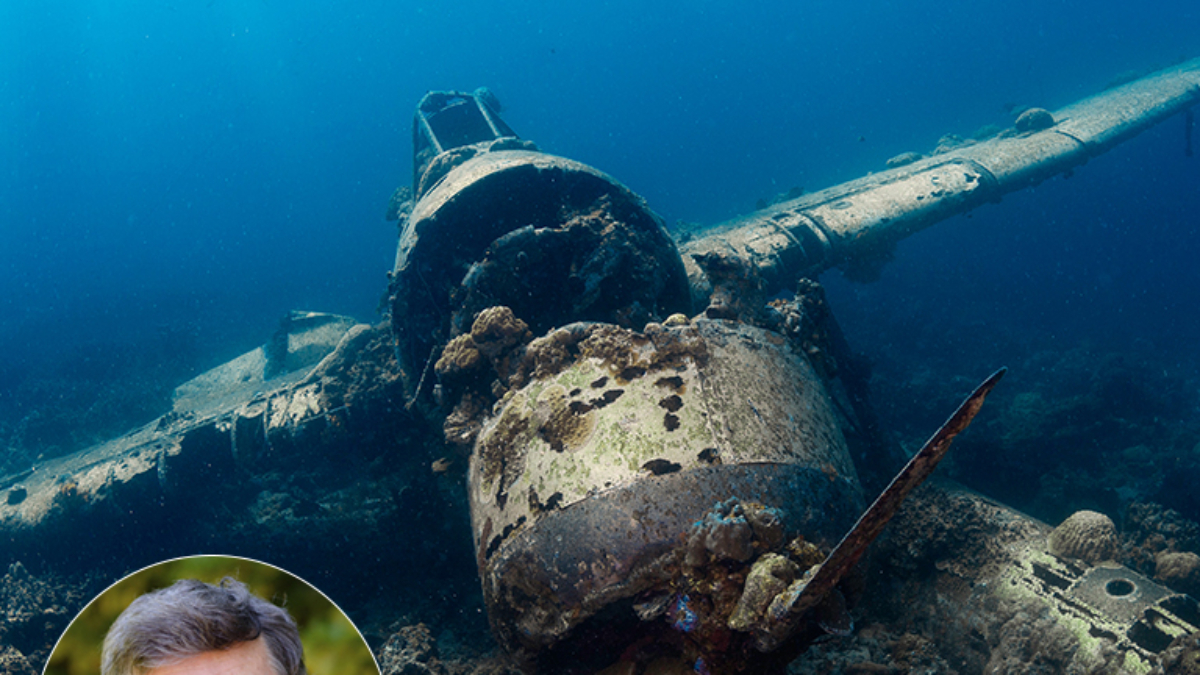Incorporating National Geographic Society Resources into Your Lessons
Learn about the National Geographic Society’s abundant educational tools for the pre-K–12 classroom—all available to you free when you’re looking for something special to complement your lessons and teaching strategies. We’ll share how to find thousands of ideas available, ranging from class activities, maps, lessons, articles, photographs, and videos. Content areas include Social Studies, Earth Science, Biology, Geography, Anthropology, and many more.
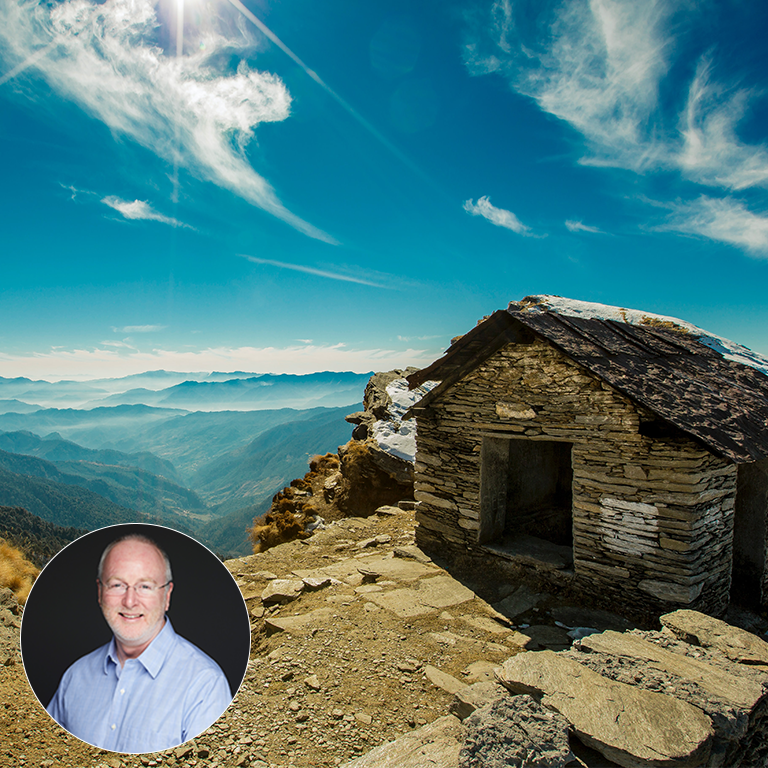
Tyson Brown
Editorial Director,
National Geographic Society
Learn about the National Geographic Society’s abundant educational tools for the pre-K–12 classroom—all available to you free when you’re looking for something special to complement your lessons and teaching strategies. We’ll share how to find thousands of ideas available, ranging from class activities, maps, lessons, articles, photographs, and videos. Content areas include Social Studies, Earth Science, Biology, Geography, Anthropology, and many more.
Tyson Brown, Editorial Director at the National Geographic Society, will take you on a tour through National Geographic Society’s Resource Library for discoveries you’ll begin using tomorrow.
In this webinar replay, you will:
- Incorporate photographs, video, and activities into any lesson by simply going to the National Geographic Education Resource Library;
- Engage students to begin creating their own resource library from their backyard;
- Create excitement by flipping your classroom lesson to a student-centered inquiry project based on authentic discoveries from the library of resources.

